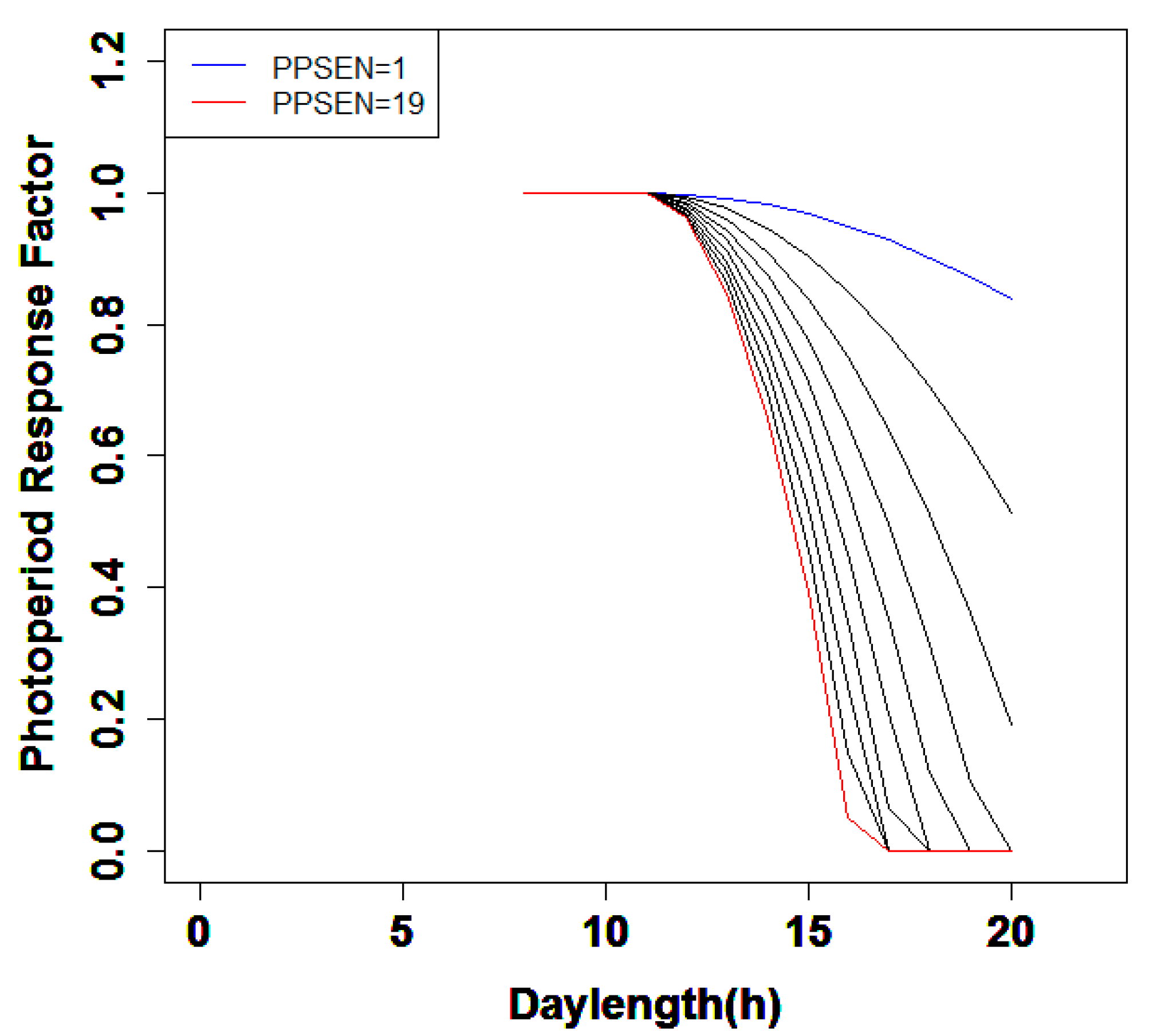

Cropping system models are useful tools to estimate the impact of climate and environment on agricultural production and to improve the management of agricultural systems. Keywords: Crop model ensemble, Model calibration, Multiple crop models, Sensitivity analysis, Winter wheat.ĪPSIM and CERES-Wheat were calibrated and evaluated for winter wheat in the Guanzhong Plain, China.īoth models performed well as the result of the calibration based on comprehensive field data.ĬERES-Wheat showed high sensitivity to field capacity.ĪPSIM showed high sensitivity to nitrate at sowing.Ī crop model ensemble is better than a single model application, particularly for grain yield.Ībstract. Joseph, Michigan Citation: Transactions of the ASABE. 63(6): 1879-1893. (doi: 10.13031/trans.13631) Qaisar Saddique, Yufeng Zou, Ali Ajaz, Jianmei Ji, Jiatun Xu, Muhammad Azmat, Muhammad Habib ur Rahman, Jianqiang He, Huanjie Cai Published by the American Society of Agricultural and Biological Engineers, St. Analyzing the Performance and Application of CERES-Wheat and APSIM in the Guanzhong Plain, China

If you are not an ASABE member or if your employer has not arranged for access to the full-text, Click here for options.
Apsim model phyllochron rate sensitivity pdf#
However, the reason for under estimation of stem height for the 28 day treatment needs further investigation.Click on “Download PDF” for the PDF version or on the title for the HTML version. These results show that the APSIM NextGen lucerne phenology module was able to simulate crops grown under unconstrained growing conditions. For FD2 and FD10, two separate sets of parameters were used to improve model prediction of height to account for their contrasting seasonal C partitioning patterns. This was probably due to reduced stem extension rates, limited by low C and N reserves in perennial organs under the frequent (28 day) defoliation regime. For FD5, there was good agreement for the 84 day treatment (NSE of 0.83) and the 42 day treatment (NSE of 0.66), but it was poor for the 28 day treatment (NSE of -0.08). However, both defoliation management treatment and FD classes affected stem height. Simulation results showed good agreement for prediction of development stages (NSE of 0.77 for days to buds visible and 0.67 for days to flowering stage) and number of main stem nodes (NSE values were ranged from 0.53 to 0.84). Development stage and node appearance were shown to be independent of defoliation treatment and FD class. Development was parameterized based on thermal time targets to reach specific phenological stages and modified by photoperiod responses.

These were further tested for two genotypes with contrasting FD (FD2 and FD10) under frequent (28 day: S) or long (84 day: H) defoliation regimes, all under irrigated conditions.

Relationships derived from the FD5 genotype, grown under a 42 day (LL) defoliation treatment were used for model development.
Apsim model phyllochron rate sensitivity simulator#
This research integrated data of lucerne phenological development into the Agricultural Production Systems sIMulator (APSIM) next generation (APSIM NextGen) model framework to develop and verify a phenology module. To date, lucerne phenological modules have not been evaluated under different defoliation regimes or with genotypes of different fall dormancy (FD) classes. A challenge for any lucerne phenology module is to capture the seasonality of development processes in response to environment, management and genotype. Prediction of lucerne phenological and morphological development is important for optimising the defoliation schedule and time of other management events.


 0 kommentar(er)
0 kommentar(er)
